Affiliate links on Android Authority may earn us a commission. Learn more.
Xiaomi Redmi 5A: Hands on and first impressions
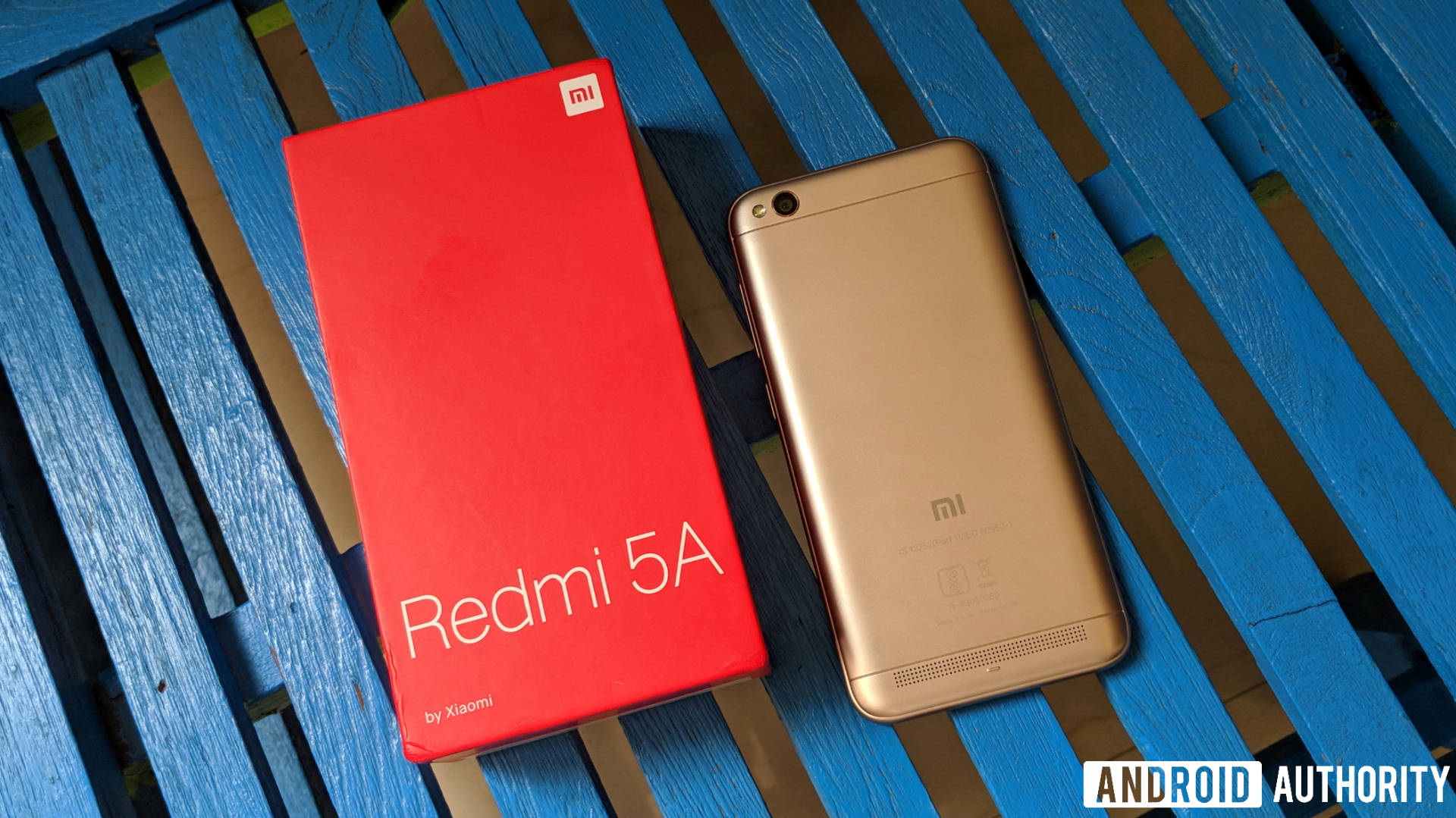
The Redmi series continues to do well for Xiaomi, and has established the company as the top smartphone maker in markets like India.
With the new Redmi 5A, Xiaomi brings to the table another budget smartphone – a segment it revels in. A successor to the Redmi 4A launched in March this year, the Redmi 5A is almost the same device and you’d be hard pressed to find any major difference between the two.
I spent some time with the Redmi 5A before the launch, and here are my initial thoughts about the same.
Xiaomi Redmi 5A Specifications
- Operating System: Android 7.1 Nougat with MIUI 9
- Processor: Qualcomm Snapdragon 425 (Quad-core 1.4GHz) | Adreno 308 GPU
- Display: 5-inch HD (1280 x 720) IPS display
- RAM: 2/3 GB
- Internal Storage: 16/32 GB; expandable up to 128GB with microSD card
- Rear Camera: 13 MP with LED flash | ƒ/2.2 aperture | 1.12 μm pixel size | PDAF
- Front Camera: 5 MP | ƒ/2.0 aperture | 1.12 μm
- Battery: 3,000 mAh
- Dimensions: 140 x 70.1 x 8.35 mm
- Weight: 137g
Design

At first glance, the Redmi 5A looks like the quintessential Xiaomi smartphone, similar to many Redmi phones that we’ve seen in the past. There’s nothing new, and that’s not a bad thing.
The Redmi 5A sports a polycarbonate body with a metallic matte finish that looks quite polished. It’s all plastic, yes, but doesn’t feel cheap. With a 5-inch display and 8.35mm of thickness, it is a compact smartphone that sits comfortably in your hand.
One of the obvious omissions on the Redmi 5A is a fingerprint sensor. While these are increasingly getting ubiquitous on even budget smartphones, it is fair to cut corners in a smartphone at this price.
Xiaomi has finally listened to the demands of a vocal niche that doesn’t prefer the hybrid SIM tray, and the Redmi 5A comes with a 2+1 card slot which allows you to use two nano SIMs and a microSD card to expand the storage all at once.
Display
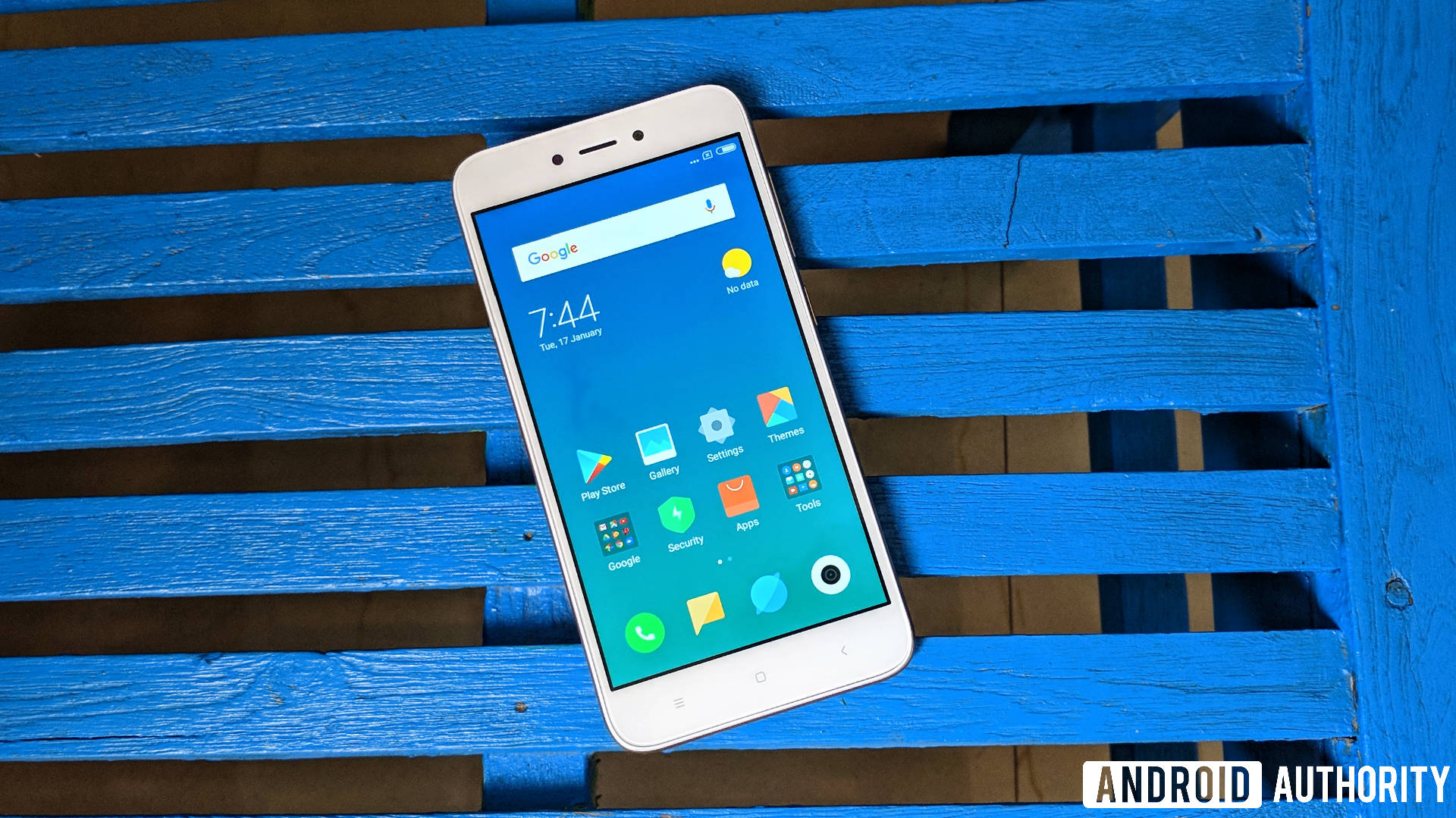
The Redmi 5A boasts of a 5-inch fully-laminated HD (1280 × 720) IPS display which offers good color reproduction and contrast. It’s duller than what Xiaomi offers on its more expensive smartphone, and the vibrancy is a casualty of the price. The text and images look sharp though, so there’s no complaint on that front.
There’s also a Read Mode that reduces the amount of blue light emitted by the screen to prevent eye fatigue at nights or during long reading sessions.
Hardware
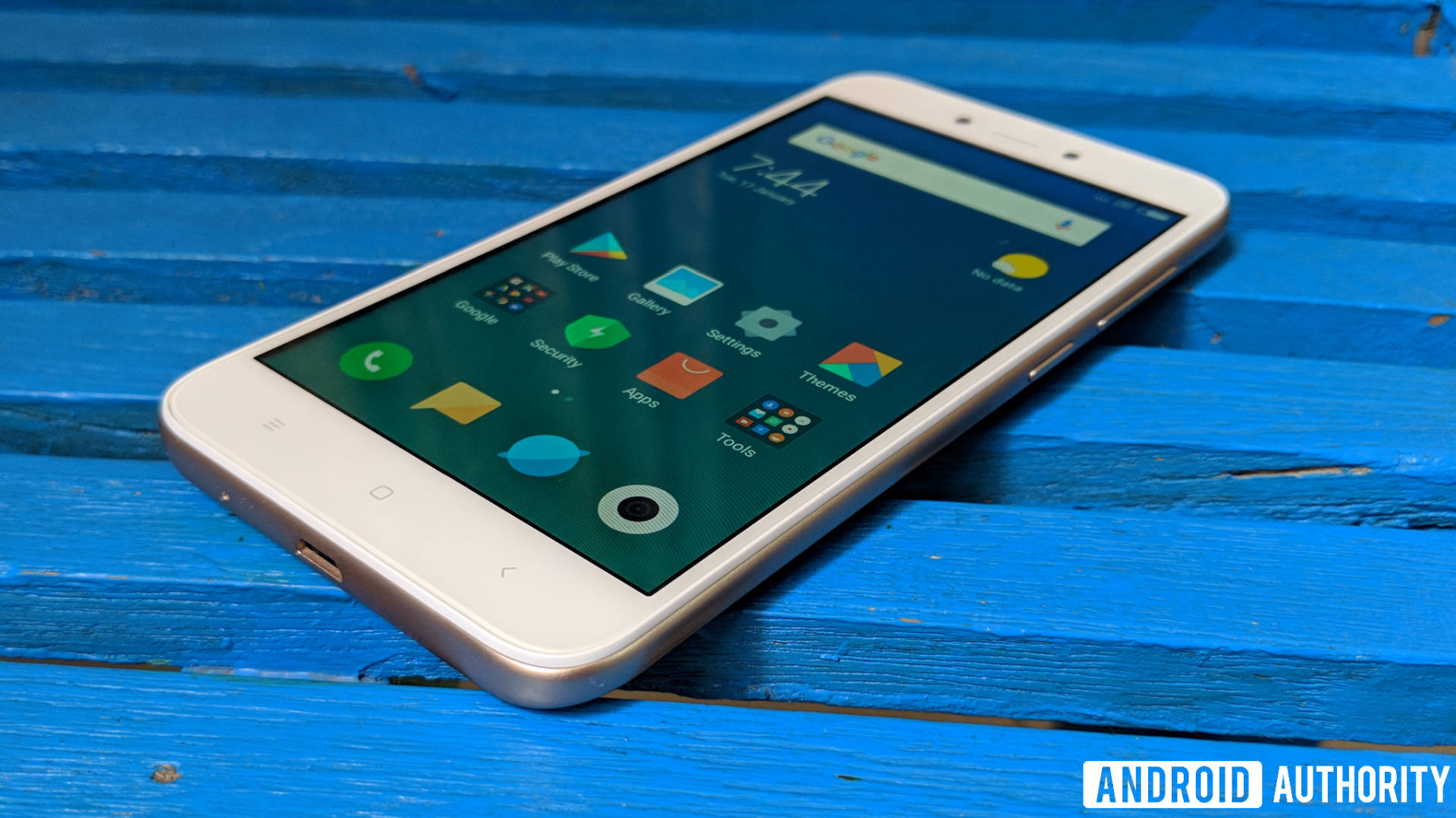
Like its predecessor, the Redmi 4A is powered by the quad-core Qualcomm Snapdragon 425 chipset paired with 2 GB of RAM. There’s 16 GB of internal storage, which can be expanded up to 128GB using a microSD card. There’s also a higher memory variant with 3 GB of RAM and 32 GB of internal storage.
The Snapdragon 425 is a good choice at this price as it has enough muscle for a decent Android experience and is quite power efficient. The performance is good enough for a budget smartphone, and multitasking and web browsing were quite smooth – although I really didn’t try it in many real-world scenarios with a multitude of third-party apps that one would do typically.
The initial impressions were quite good and promising, but several budget smartphones with limited innards tend to have a performance decay after 6 months or so. I’ll delve on this more when I take the device for a spin for a longer period of time for the complete review.
The Redmi 5A is powered by a 3,000 mAh battery underneath, which is actually lesser than 3,120 mAh found on the Redmi 4A but sufficient for what should be a day long battery life.
Software
The Redmi 5A runs MIUI 9 which is based on Android 7.1 Nougat. There’s no word on the timeline for Android Oreo upgrade since Xiaomi prefers to maintain its own cycle of upgrades defined by MIUI versions.
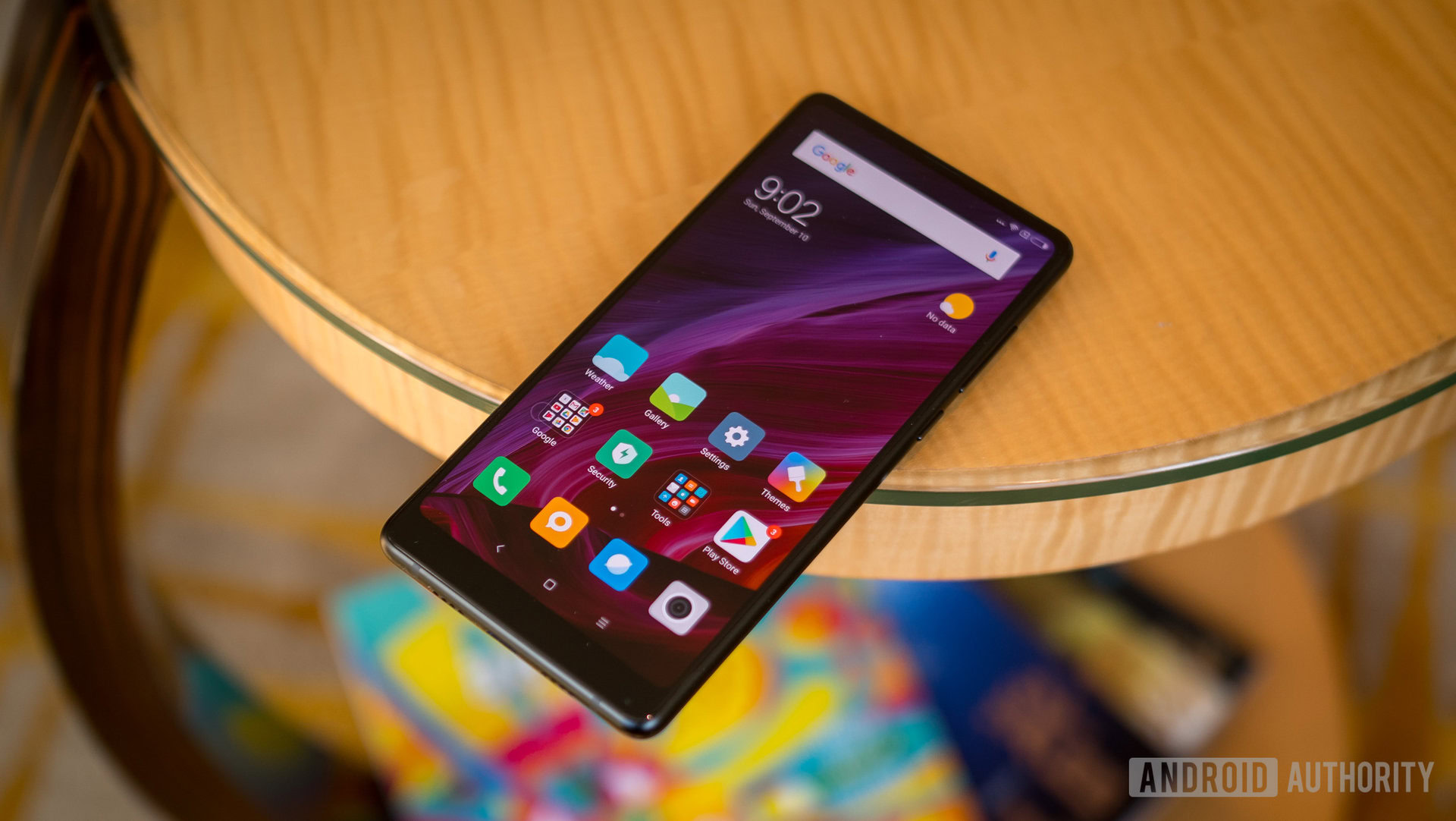
While the Android skins are a matter of personal preference and several users prefers just stock Android, MIUI is fairly popular. MIUI 9 offers one of the more intuitive and functional UIs, and there are nifty utilities and tools that improve one’s overall Android experience.
Camera
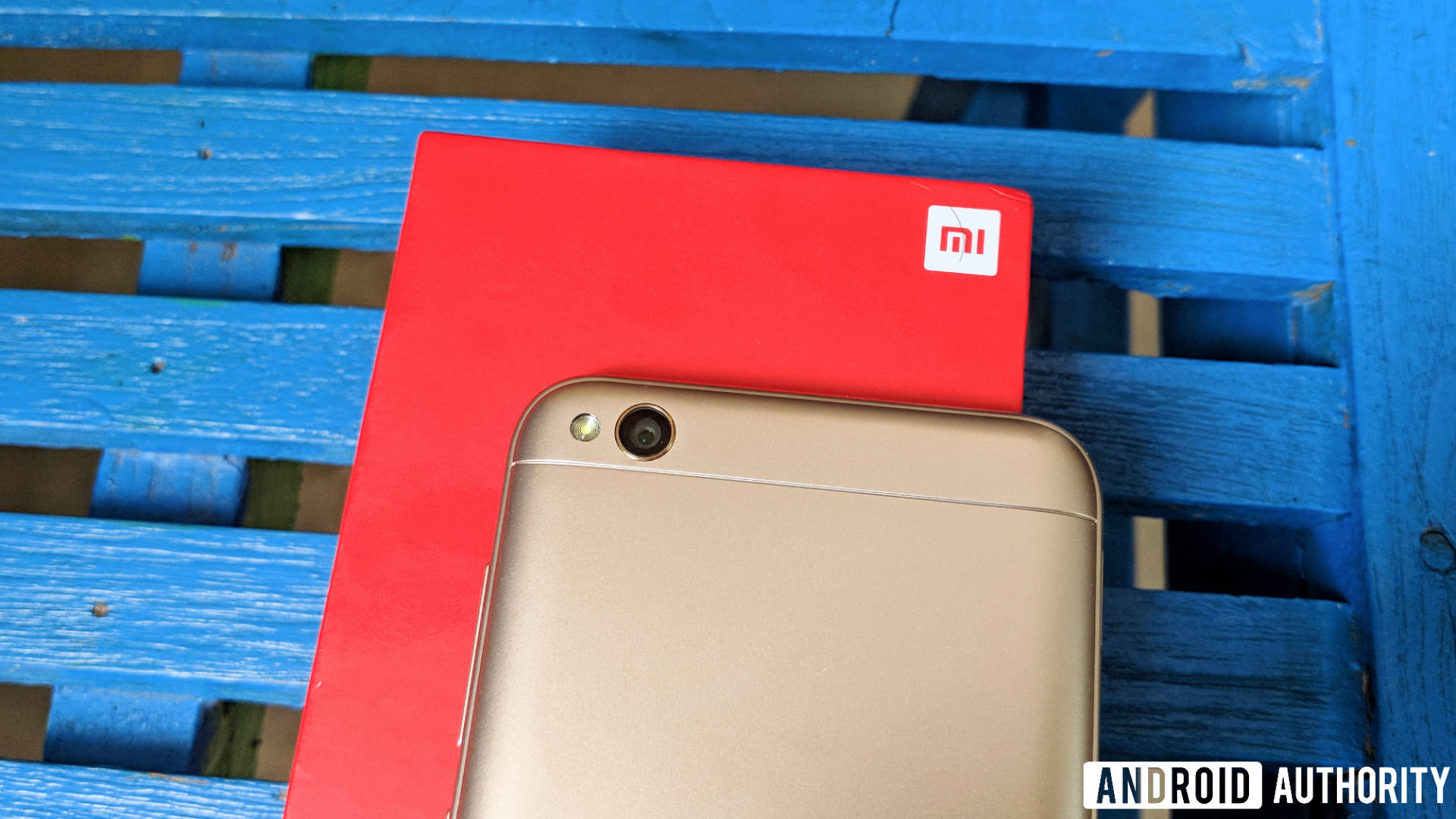
In the photography department, the Redmi 4A offers a 13-megapixel rear snapper with f/2.2 aperture and phase-detection auto-focus (PDAF). On the front, there’s an improved 5-megapixel camera with f/2.0 aperture.
While I’ll reserve my judgement on the camera till the review, a few test shots in daylight came out quite well for a phone at this price. There’s nothing exceptional about the camera as per the initial testing, just that it is better than most of the competition so a fair win for Xiaomi in the segment.
Summary
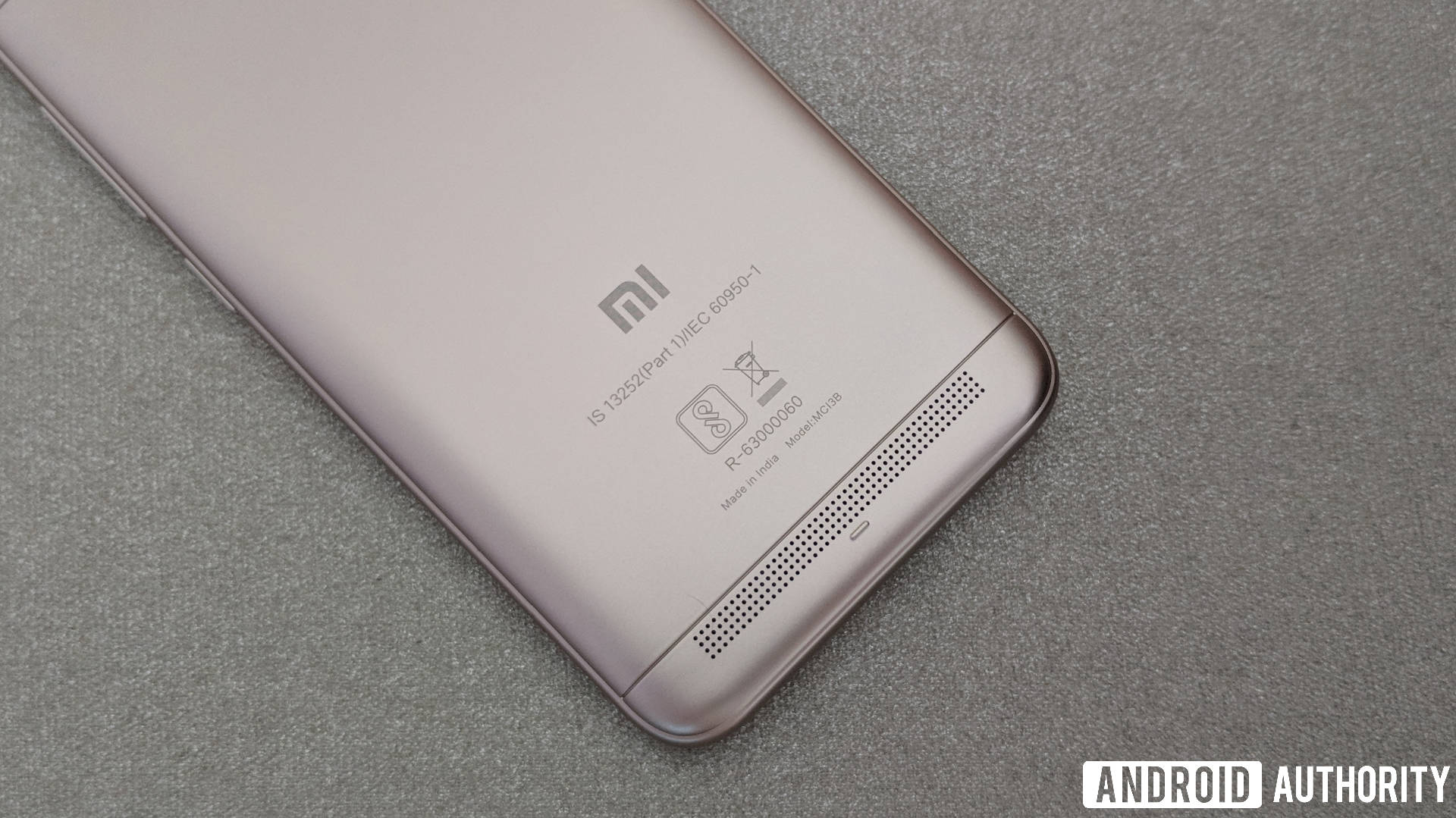
The 2 GB + 16 GB variant of the Redmi 5A is priced at ₹4,999 ($78) while the 3 GB + 32 GB variant is priced at ₹6,999 ($109). The price of the lower spec’d variant is discounted for first five million units, post which the price will be ₹5,999, but for those five million customers, it’s a steal, really.
The Redmi 5A is not an upgrade to the other budget smartphones by Xiaomi released this year, but a well-rounded budget smartphone at the moment that would expectedly sell quite well. It’s an affordable package that offers decent smartphone experience without too many compromises. You get what you pay for, right?